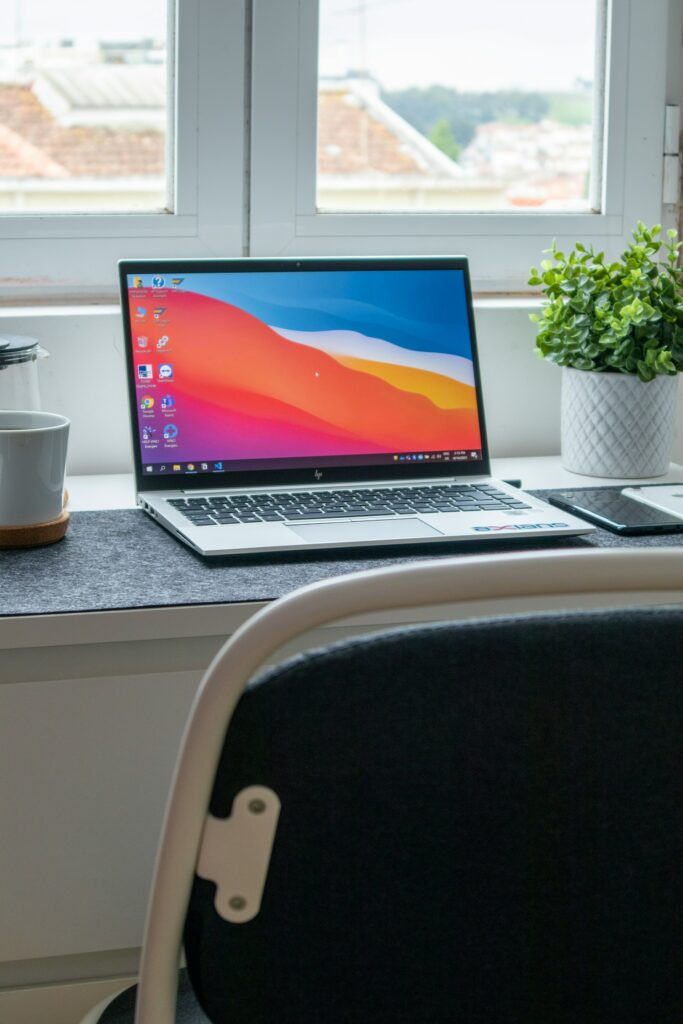Explaining the Power Options Available in Windows: Which Plan Is the Best?

Explaining the Power Options Available in Windows: Which Plan Is the Best?
Windows comes with a number of different power plans that are built in and are meant to strike a balance between performance, battery life, and energy conservation. You may boost your performance under heavy workloads or prolong the life of your battery while you are away from a power source by gaining a grasp of these alternatives, regardless of whether you use a desktop computer or a digital laptop. On the other hand, a significant number of users continue to utilize the default settings without being aware of the extent to which these plans might influence speed, heat, and energy consumption.
Which Windows Power Plans Are Available?
The way in which Windows maintains its performance and energy consumption is governed by a power plan, which is a combination of computer hardware and system parameters. The speed of the central processing unit (CPU), the brightness of the display, the sleep timings, and the behavior of devices like as hard drives and Wi-Fi adapters while they are not in use are all affected by these settings.
1. Windows comes with a set of default power plans.
The default configuration of Windows typically has three primary power choices; however, some versions of the operating system, such as Windows 11 Pro or gaming laptops, may contain extra power options.
• Well-balanced
- Achieves a balance between performance and energy efficiency in order to fulfill its purpose.
- The behavior of the CPU speed is to increase it when it is required, but to decrease it while it is idle.
- Suitable for: General usage, office work, online surfing, and light gaming for the most part.
Positives:
- When not in use, it conserves energy.
- An excellent combination of speed and effectiveness.
- Functions automatically and requires little to no tweaking.
Negatives:
- When dealing with tough duties, this is not always the quickest solution.
2. A Power-Saving Device
- The purpose of this is to reduce energy consumption and increase the lifespan of batteries.
- Maintains a lower CPU performance and minimizes the amount of activity that occurs in the background.
- It is ideal for laptops that are powered by a battery, for casual browsing, or for lengthy trips.
Positives:
- Increases the amount of time the battery may be used.
- Reduces the amount of heat produced and the loudness of the fan.
Negatives:
- When it comes to gaming, editing, or multitasking, it is noticeably slower.
- owing to the restricted speed of the CPU, might cause applications to lag.
3. High levels of performance
- Speed and responsiveness are prioritized above energy savings as the purpose of this feature.
- Maintains higher CPU frequencies and prevents components from being power-down in an aggressive manner based on behavior.
- Gaming, video editing, and intensive workloads are the best areas to use this.
Positives:
- Quicker performance across all applications.
- Efforts to reduce latency in lengthy software.
Negatives:
- Laptops’ battery life is reduced as a result.
- Can cause an increase in both heat and fan noise.
- Further Power Plans That You Might Be Able to View
4. Windows 10/11 Pro for Workstations and some gaming PCs, which offers Ultimate Performance software
- Designed for use in high-end workstations as its intended purpose.
- Performs the behavior of eliminating micro-latency by maintaining the hardware’s operation at its maximum capability.
- This software is ideal for rendering, building big codebases, designing 3D models, and handling professional workloads.
Positives:
- Highest possible performance with no noticeable lags.
Negatives:
- Utilizes a substantially higher amount of electricity.
- Not required for the operations of daily life.
5. Original Equipment Manufacturer (OEM)-Created or Laptop-Specific Modes
Branded power plans are often offered by manufacturers. Some examples of these plans are “Dell Optimized,” “HP Recommended,” and “ASUS Battery Saver.” The majority of the time, they are minor modifications to the built-in Windows plans that are customized for the health of the battery or fan profiles.
- Changing Your Power Plan in Windows: How to Do It
- Use Win + I to access Settings.
- Go to the System menu and choose Power and battery.
- Choose from the three options available under the Power mode: Best power efficiency, Balanced, or Best performance.
- You could still find the original Control Panel > Power Options menu option on desktop computers for more sophisticated customization options.
6. Personalization of a Power Plan
You may make adjustments to settings such as the following if none of the built-in choices seem appropriate to you:
- Control the rate at which your personal computer goes to sleep using sleep timers.
- Defining the lowest and greatest amount of CPU use is the processor state.
- During periods of inactivity, the display brightness will be reduced in order to save battery life.
- Turning off the hard disk helps save wear and power consumption.
- This gives you the ability to develop a customized strategy that takes into account your requirements and strikes a balance between performance and efficiency.
The Best Plan Is Which One?
The “best” plan is determined by how you use your own computer:
- Balanced is the most effective and practical option for those that utilize daily applications, such as online surfing and office software.
- For those who are always on the go and use laptops, Power Saver improves the battery life but at the expense of performance.
- The High Performance feature assures a smooth performance even while doing demanding activities, making it ideal for creative professionals and gamers.
- Ultimate Performance offers the highest possible performance for workstation users who are responsible for intensive rendering, but only in situations where it is accessible.
The Windows power choices are not only insignificant settings; rather, they have a direct influence on the operation of your computer. Choosing the appropriate strategy may lengthen the life of the battery, lessen the amount of noise, or unleash more performance when it is required. The default setting for the majority of users is still Balanced; but, if you want to get the most out of your personal computer, switching to High Performance or Power Saver when it is suitable will help you do so.







